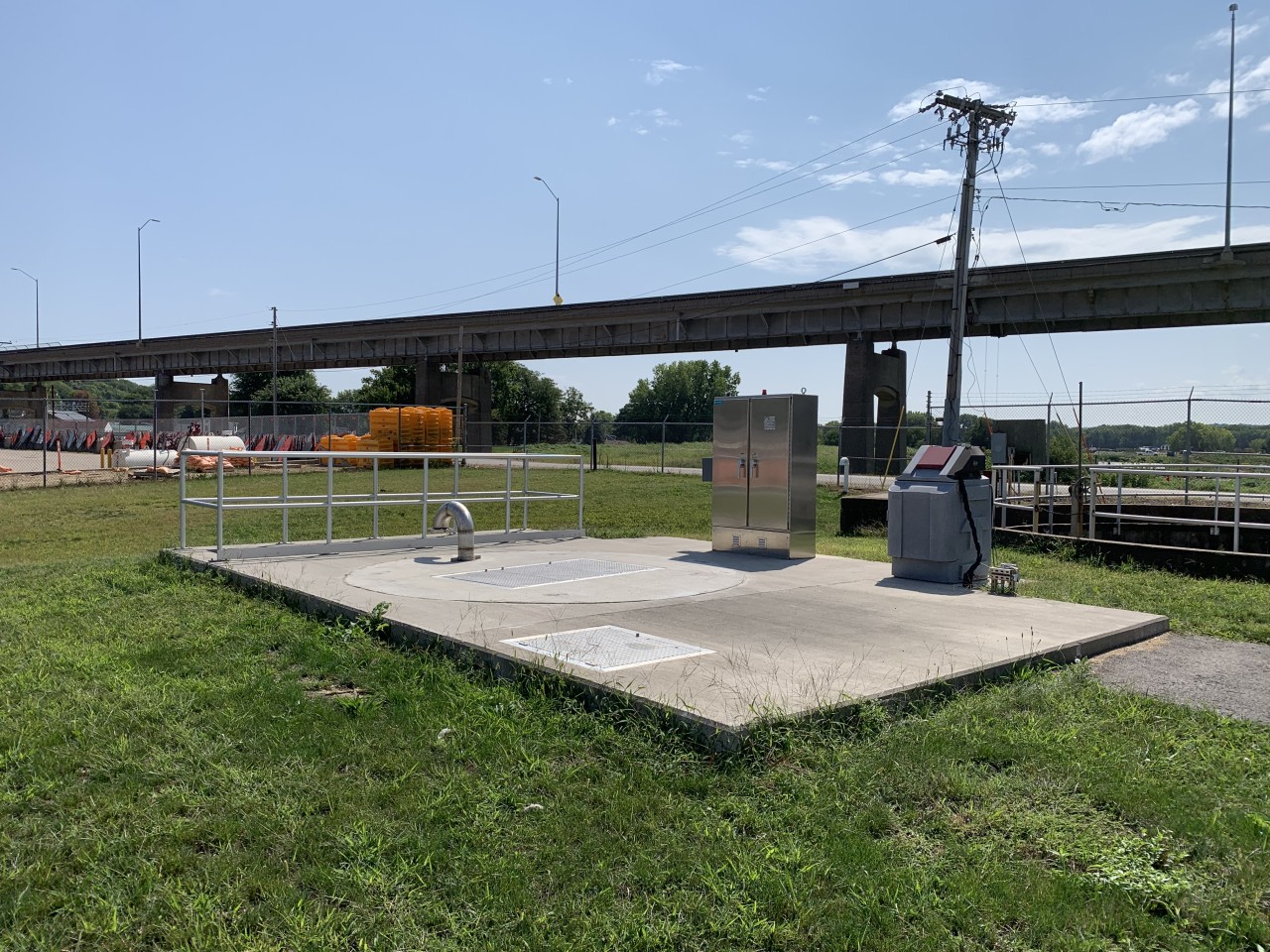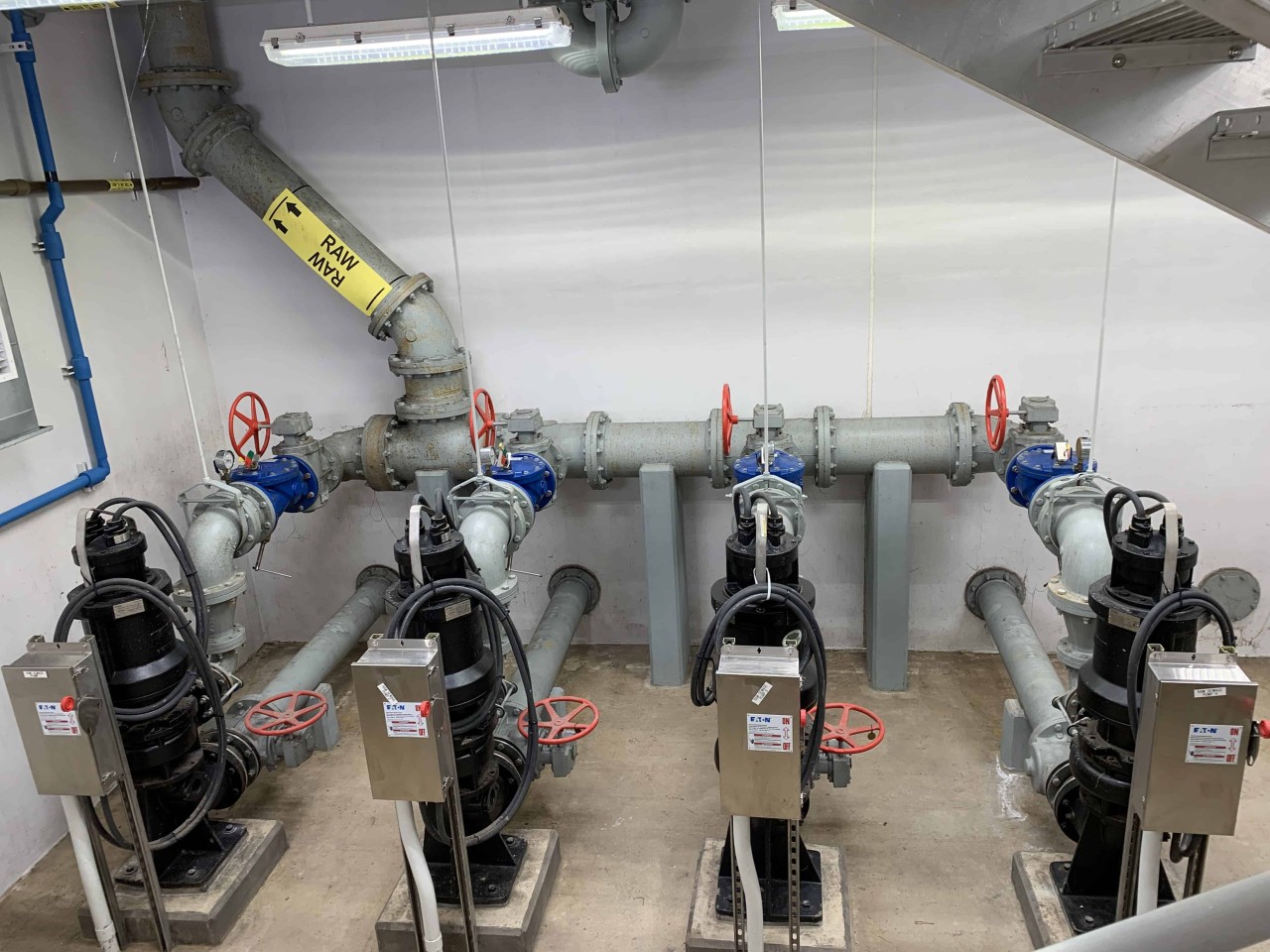Wastewater lift station types: a comparison
In a sewage or wastewater collection system, raw sewage travels underground through sloped pipelines (also called gravity pipelines). However, when the elevation of the source is not sufficient for gravity flow, digging for sewer pipes in excessive excavation depths is necessary. Installing a wastewater lift station at specific points in a gravity pipeline system helps save on high sewer construction costs without affecting the efficiency of the sewage collection system.
Lift stations are designed to move wastewater from lower to higher elevations when the elevation of the source is not sufficient for the gravity flow of the wastewater. Though a lift station and a pumping station have similar designs, they differ in functions. Unlike a lift station, a pump station raises water, not sewage, to a higher elevation. The most common types of wastewater lift stations are dry-pit/dry wells and submersible lift stations. Each has its own set of advantages and drawbacks.
Types of wastewater lift stations
Lift station equipment and systems are often installed in an enclosed structure with custom-designed or pre-fabricated construction. Some key components of a wastewater lift station include:
- Receiving well. Also called a wet-well for collecting wastewater, particularly in a dry-well lift station.
- Screen or grinding. A screen or grinding removes large coarse materials, or grinding will shred the large coarse materials in the sewage.
- Pumps, motors and piping. Pumps, motors and piping systems with associated valves are integral to a wastewater lift station. Centrifugal pumps are commonly used in lift stations and are classified as dry-well or submersible pumps, depending on the type of lift station.
- Power supply system. Includes emergency power supply, which is the electric power feed from two independent power distribution lines, portable generator, a stand-by engine-driven pump and others.
- Equipment control and alarm system. This system connects to flow detection devices to closely monitor the downstream treatment processes.
- Odor control system. Minimizes wet-well turbulence by treating odors with biofilters or adding odor control chemicals to the sewer upstream of the lift station.
- Ventilation system. Developed according to the National Fire Protection Association (NFPA) 820 standards to prevent the collection of toxic and explosive gases.
In wastewater conveyance systems, dry-well lift stations have been conventionally used for several years. However, the low cost, simplified operation and maintenance and smaller footprint of a submersible lift station have led municipalities to replace dry-well lift stations of small and medium sizes with submersible lift stations. The following table highlights key differences between dry-pit/dry-well and submersible lift stations.
In addition to the advantages and drawbacks, the suitability of a lift station type depends on other aspects too. Matching pump capacity, type and configuration with wastewater quality and quantity, accommodating future capacity expansion, avoiding septic conditions and minimizing environmental effects of construction and installation of the lift station also need to be factored.
For community leaders, the decision to construct and install a lift station is largely determined by the costs. Designing lift station capacity, including the extent of excavation, dewatering requirements, piling and the installed pump power accounts for most of the construction costs. Constructing a lift station may further prove costly depending on:
- Wastewater volume and quality.
- Zoning and land use planning of the site where the lift station is located.
- Soil properties and underground conditions.
- Complexity of the lift station.
- Operation and maintenance.
All these factors must be considered while preparing a lift station cost estimate. Partnering with a team of professionals can help municipalities design cost-effective lift stations with optimal performance.
Partner with wastewater engineers to install lift stations
At Fehr Graham, we help communities across the Midwest and beyond upgrade wastewater infrastructure. From retrofitting efficient aeration systems to installing wastewater lift stations, our team of wastewater engineers design effective, affordable and innovative solutions to address the unique challenges of wastewater treatment plants. Our expertise and experience have earned us a place in the prestigious Engineering News-Record (ENR) Top 500 Design Firms list for the second consecutive year. Along with planning and construction, our team guides community leaders in securing funds for wastewater treatment plant upgrades.
To learn more about installing the right wastewater lift station in your community, contact us or call 815.235.7643.
 |
Edgar Mendoza is a Water and Wastewater Operations Specialist. He specializes in process control of wastewater and water treatment facilities, wastewater collection sewer systems, pump stations, water distribution and storage systems. Contact him at |
Collaborative, Insightful, Results-Driven Solutions
Fehr Graham provides innovative engineering and environmental solutions to help improve the lives and communities of our customers.


